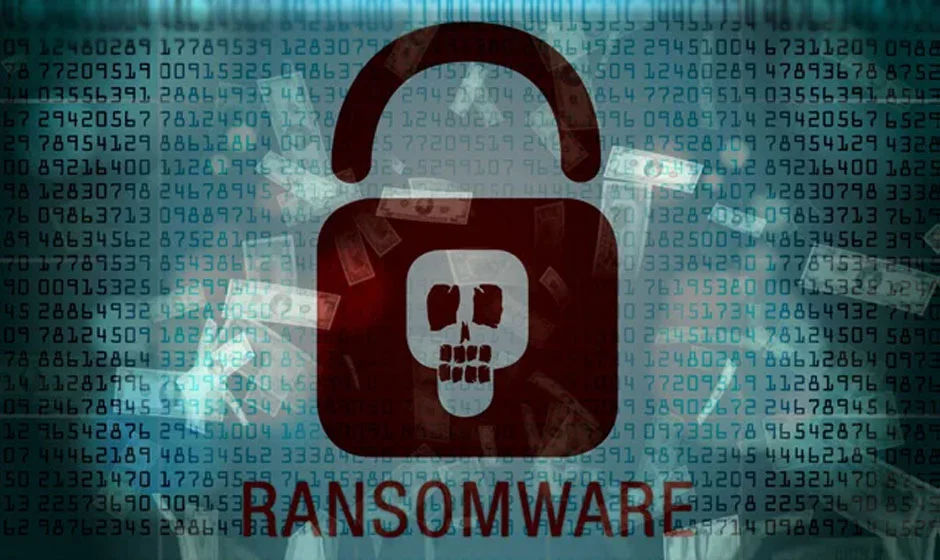Key Takeaways
- Understand what malware is and the different types of malware.
- Learn how malware infiltrates systems and the consequences it can have.
- Discover practical ways to protect systems and data from malware attacks.
- Stay informed on current trends and threats in the world of malware.
What Is Malware?
It has the ability to appear in different types, such as viruses, worms, trojans, ransomware, spyware, and adware. Understanding the different forms of malware is crucial for identifying and protecting against possible dangers. This malicious Software can disrupt operations, steal sensitive information, or even hold entire systems hostage. The goal of malware is typically to generate profit for its creators at the expense of the affected users or organizations.
Common Types of Malware
Viruses
Viruses attach themselves to clean files and spread throughout a computer system, infecting clean files along the way. They can delete files, disrupt system functionality, and cause widespread damage. Unlike worms, viruses require some form of user interaction, like opening a file, to execute their code. This interaction makes them especially insidious, as they often appear as harmless attachments or innocuous-looking downloads. Malware, short for malicious Software, is any software intentionally designed to cause damage to a computer, server, client, or computer network.
Worms
Worms, in contrast to viruses, do not need a host file in order to propagate. They can replicate themselves and spread independently, often through network vulnerabilities. This autonomous replication can make worms particularly dangerous, as they can spread rapidly across networks, causing extensive damage. Worms can consume a lot of bandwidth, slow down systems, and even bring entire networks to a halt if left unchecked.
Trojans
Trojans pretend to be trustworthy software, but contain harmful code that can open backdoors, enabling hackers to enter the system. They often trick users into installing them on their systems by masquerading as valuable programs, such as utilities or games. Once installed, trojans can steal data, download additional malware, or even provide remote control access to the attacker.
Ransomware
Ransomware encrypts a victim’s data and demands payment, usually in cryptocurrency, to restore access. It has become a significant threat to businesses and individuals alike. These attacks are disruptive and can be financially devastating. Victims frequently face the tough decision of either paying the ransom or forfeiting their data permanently. High-profile ransomware attacks have targeted hospitals, municipal governments, and major corporations, demonstrating the widespread impact of this type of malware.
Spyware
Spyware covertly captures user activity to obtain sensitive data like login details and financial information. This type of malware can be particularly challenging to detect, as it operates quietly in the background, gathering information without the user’s knowledge. If the collected data falls into the wrong hands, spyware can lead to identity theft, financial loss, and other serious consequences.
How Malware Infects Systems
Malware can find its way into systems through various attack vectors. Standard methods include phishing emails, malicious websites, infected downloads, and exploiting software vulnerabilities. Phishing emails can frequently seem genuine, deceiving individuals into clicking on harmful links or downloading infected attachments. Malicious websites may prompt users to download malware disguised as helpful Software or updates. Infected downloads can come from untrusted sources or peer-to-peer file-sharing networks.
Once inside, malware can perform various harmful activities such as data theft, network disruption, and unauthorized access to sensitive information. Attackers may use malware to gain control over systems, exfiltrate data, or even use compromised systems as launch points for further attacks. The stealth and adaptability of modern malware make it a constant and evolving threat that requires ongoing vigilance to prevent and mitigate.
Consequences of Malware Attacks
The consequences of a malware attack can be extremely destructive. Those who are targeted may suffer from loss of data, theft of finances, interruption of systems, and harm to their reputation. For businesses, the cost of recovering from a malware attack can be substantial, including expenses related to data recovery, system repairs, and lost productivity. Reputation damage can also result in lost business opportunities and eroded customer trust.
Malware can also serve as a gateway for further attacks, such as causing a data breach or enabling an attacker to control the compromised system remotely. Attackers who gain a foothold in a system through malware may escalate their privileges, moving laterally within the network to access more sensitive information or critical systems. The serious outcomes of a successful malware attack can be lasting, underscoring the need for strong security measures to stop contamination and safeguard important data.
Protecting Your System Against Malware
- Use Antivirus Software:Install reputable antivirus software to detect and remove malware. Regular updates to antivirus definitions ensure that the Software remains effective against the latest threats.
- Keep Software Up to Date:Make sure to update your operating system and applications regularly to fix any security flaws that could be taken advantage of by malware. Check out this article for more reasons why this is crucial.
- Employ Firewalls:Enable and configure firewall settings to block unauthorized access. Firewalls act as a barrier that separates your internal network from external threats, filtering traffic and blocking malware from connecting to command-and-control servers.
- Use Strong Passwords:Regularly secure and change accounts with solid and unique passwords. Password managers can assist in creating and storing difficult passwords, minimizing the chance of repeating passwords and using easily guessed credentials.
- Educate Users:Educate staff and people on phishing and social engineering techniques to prevent being targeted by malware attacks. Awareness training helps users recognize suspicious emails, links, and attachments, reducing the likelihood of accidental infection.
Staying Informed on New Threats
It is vital to stay updated on emerging threats and trends in the ever-changing world of malware. Cybersecurity news sites like CNET Cybersecurity offer up-to-date information about the latest malware threats and how to combat them. Leveraging such resources can help individuals and businesses stay one step ahead of cybercriminals. Signing up for cybersecurity newsletters, going to industry conferences, and engaging in online forums can offer important information on new threats and effective defense methods.
Final Thoughts
Comprehending and reducing the risks caused by malware is crucial for safeguarding the security and reliability of systems and data. By being aware of the different types of malware, how they infiltrate systems, and best practices for protection, you can significantly reduce the risk of a successful malware attack. Stay vigilant, keep informed, and take proactive steps to fortify your defenses against this ever-present danger. Regular security assessments, incident response planning, and investing in advanced threat detection technologies can further enhance your organization’s resilience against malware threats.







